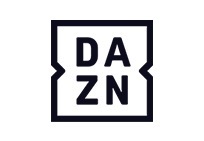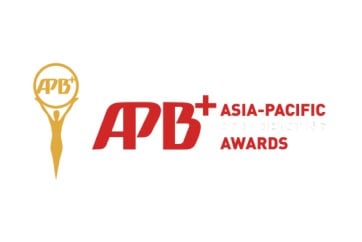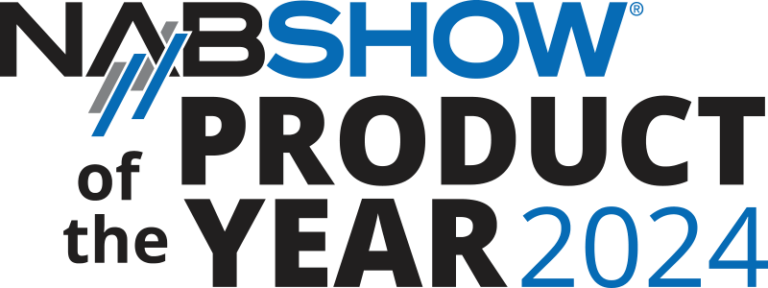TAG replaces siloed workflows with one IP-native platform, combining multiviewing and monitoring for ST-2110, compressed, and OTT. Catch errors in real-time, reduce MTTR, maintain quality, and lower operational costs.
Trusted by 350+ leading lP media operations







How media companies just like yours deliver incredible experiences with a simpler, more agile IP media operation
The key is the monitoring, being able to see everything coming in and going out and being able to QC it- it connects all locations
With the ability to monitor all of our feeds in the IP domain both visually and through metrics, TAG gives us the confidence to know we have the entire workflow covered
Using the TAG IP solution gives Foxtel an edge as it is a software-based solution so we can move away from dedicated hardware that become a technical debt over time
The key benefit in TAG is its agility and versatility
The simplicity of the TAG solution was a winner, there was no large installation, testing or onsite customization. It was as simple as plugging in a USB stick
From compression in OTT formats, on-premises situations, or in the cloud system, TAG’s platform provided the functionality that we needed for the 5G-VIRTUOSA project


Every License unlocks all TAG platform functionalities

Share Zero Friction Licenses between locations and teams

Align costs to your consumption by choosing opex, capex or hybrid models
Navigating the world of broadcast technology can be challenging with its ever-evolving landscape of technical terms and complex concepts. TAG’s comprehensive glossary is here to help. This valuable resource provides clear and concise definitions for a wide range of industry terms, protocols, and standards, from ABR and BISS to UHD and workflows.
Whether you’re a seasoned broadcast professional or just starting your journey in the industry, this glossary serves as an essential guide to understanding the language of modern broadcasting. Gain a deeper understanding of the technology that drives this exciting field and stay up-to-date with the latest terminology.
The shift from SDI to IP has seen the industry move away from using oscilloscopes, waveform monitors and vectorscopes to monitor television signals.
This newfound freedom for hardware, however presents its own set of challenges when it comes to monitoring more signals than ever, with OTT platforms having to deliver multiple formats to different devices, screen sizes and resolutions.
This white paper breaks down these new challenges and outlines best practices for IP monitoring in live production, playout and OTT.
The move to OTT from legacy is an evolution and understanding the complexity of OTT technology is not always an easy task. This is a technical guide to understanding the basics of OTT technology: Learn more about OTT as a distribution method, OTT Reception, wrappers and protocols, packaging, adaptive bitrates, the role of CDNs and much more.
For a quick preparation to any OTT discussion, check out the glossary of commonly used terms in OTT.






Stay in the loop of product updates, company announcements and more